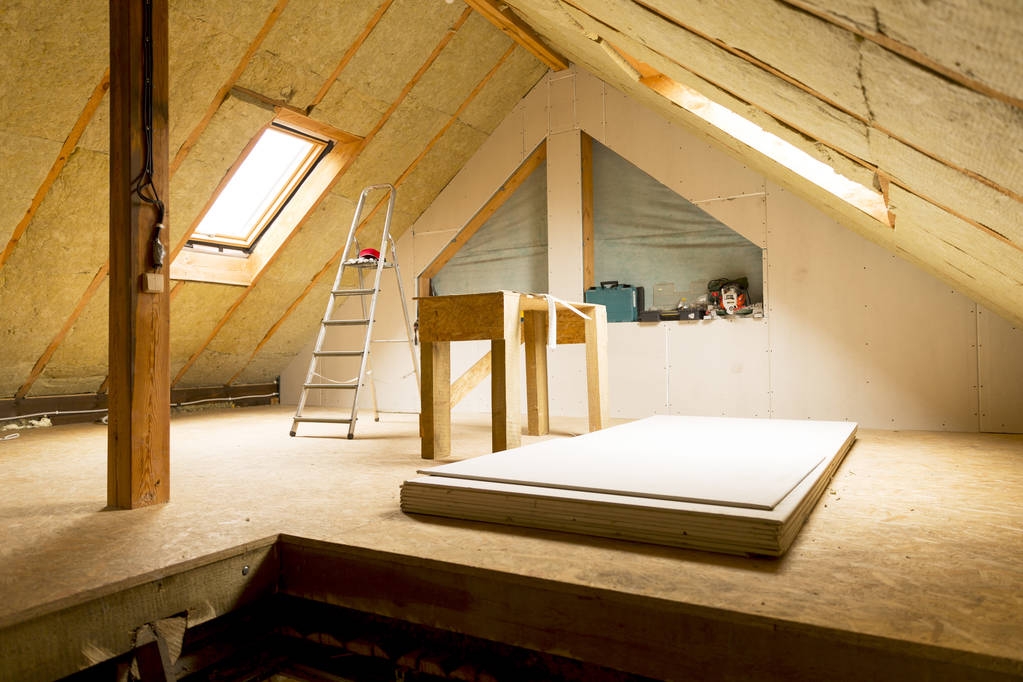HOME > > Company news
About Mineral Wool

Mineral wool insulation is unique and highly versatile product. Its exceptional thermal properties contribute hugely to global efforts to save energy and combat climate change. Additionally, the structure of mineral wool - a mat of fibres which prevents the movement of air – coupled with its long-term stability, gives it an unique ability to combat noise pollution and promote safety by reducing the risk of fire.
Mineral wool insulation is made from molten glass, stone or slag (industrial waste) that is spun into a fibre-like structure and which creates a combination of properties that no other insulation material can match. There are two types of mineral wool product: glass wool insulation and stone wool insulation.
Inorganic rock or slag are the main components (typically 98%) of stone wool. The remaining 2% organic content is generally a thermosetting resin binder (an adhesive) and a little oil. Glass wool products usually contain 95% to 96% inorganic material.
Stone wool is made from volcanic rock, typically basalt and an increasing proportion of recycled material in the form of briquettes. Mineral wool made from blast furnace slag (waste) is sometimes known as slag wool.
Glass wool is made from sand or recycled glass, limestone and soda ash; the same ingredients as for familiar glass objects such as window panes or glass bottles.
Mineral wool is a high-quality insulation product for many reasons. From its responsible use of locally-sourced renewable natural resources, to its environmentally sound production process through to its diverse range of applications, mineral wool insulation is a reliable and cost-effective product. As the globe seeks to upgrade the sustainability of its building stock, mineral wool insulation is key to the creation of very low energy buildings.


